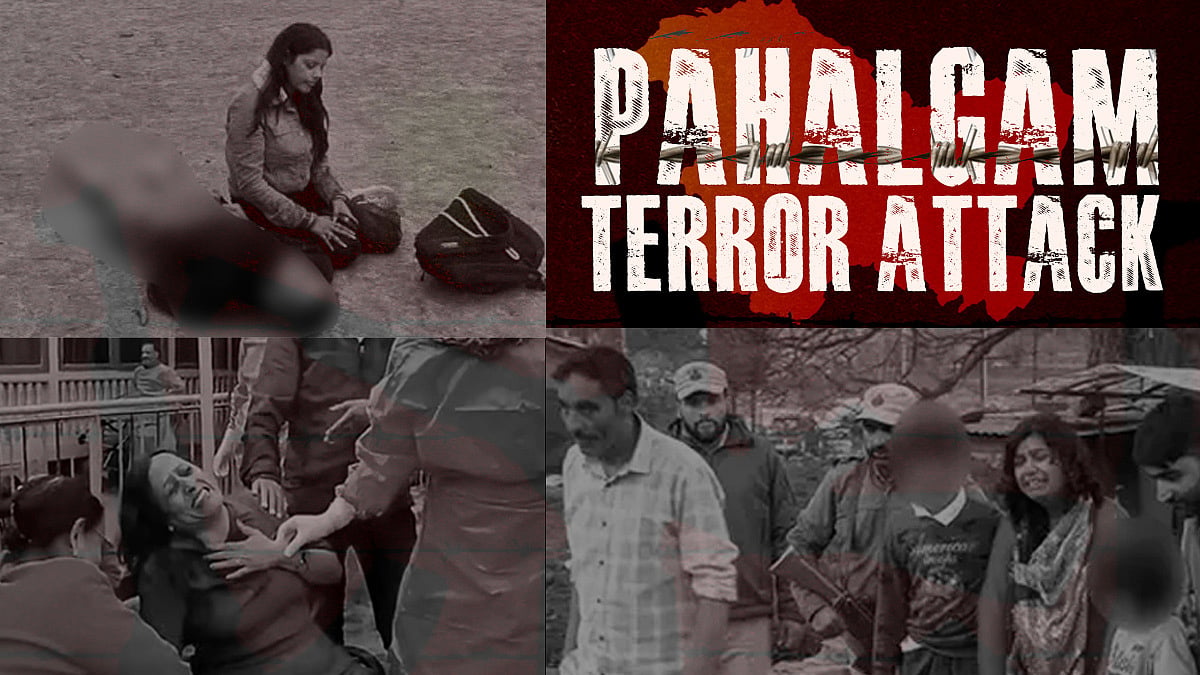NIA intensifies investigation into Pahalgam terror attack, focusing on TRF’s digital warfare tactics and claim retraction | File Photo
Mumbai: The National Investigation Agency (NIA), in coordination with central intelligence agencies including the Research and Analysis Wing (RAW), has intensified its investigation into the recent terror attack in Pahalgam, Jammu and Kashmir. The focus has now shifted to The Resistance Front’s (TRF) suspicious retraction of its earlier claim of responsibility, an act officials say exemplifies a new digital guerrilla warfare strategy.
TRF, a Pakistan-based proxy of the Lashkar-e-Taiba (LeT), initially claimed responsibility for the pahalgam attack via obscure social media platforms such as Chirpwire and Mastodon, using a handle called ‘Kashmir Conflict’. However three days later, the group issued a denial through a newly created Telegram channel, alleging a “coordinated cyber intrusion” had led to the false claim.
Investigators believe this sequence is part of TRF’s evolving digital guerrilla warfare strategy, described by officials as a ‘Tactical Disinformation Strategy’. The group’s modus operandi includes making initial claims through obscure propaganda channels to gain notoriety, followed by quick retractions to confuse investigators and complicate attribution. Security agencies believe this method allows TRF to shield its handlers and also undermines the legitimacy of countermeasures.
According to intelligence sources, this dual-layered communication approach serves three primary objectives, which include obscuring accountability, avoiding retaliatory actions, and influencing global narratives. Officials believe that such ambiguity can severely obstruct counter-terror investigations and disrupt security responses.
A senior intelligence officer told The Free Press Journal on condition of anonymity, that. “This is part of a broader hybrid warfare model. The objective is to operate in the digital grey zone, where traditional violence, cyber deception, and psychological operations converge to form a new battlefield.”
“TRF’s ties with the People’s Anti-Fascist Front (PAFF) and covert backing from Pakistan’s Inter-Services Intelligence (ISI) underscore a larger proxy warfare framework, where non-state actors operate on behalf of or with the covert support of a state to carry out hostile acts while preserving ‘plausible deniability’. Through TRF, ISI is able to sustain its anti-India agenda without direct attribution, enabling Pakistan to deny involvement publicly,” the officer added.
This strategy of non-attributable violence where claims of responsibility are intentionally murky prevents clear accountability and reduces the risk of direct retaliation. In today’s era of rapid digital dissemination, such ambiguity can distort narratives, hinder responses, and obstruct investigations.
The pattern of claim and retraction isn’t new. On June 9, 2024, TRF similarly claimed responsibility for the Reasi terror attack, where terrorists opened fire on a bus carrying Hindu pilgrims which killed nine and injured 41, via the Telegram channel ‘Jhelum Media House’. However, the group later withdrew the claim and disassociated itself from the attack in a subsequent post. Both the Reasi and Pahalgam attacks demonstrate how TRF employed a similar digital guerrilla warfare strategy, deliberately issuing misleading signals to manipulate adversarial decision-making.
By consistently weaponizing plausible deniability, TRF is not only complicating India’s national security response but also influencing global discourse on Kashmir. The Pahalgam and Reasi attacks, investigators say, highlight a new insurgent model—one driven not just by bullets and bombs, but also by bytes and bandwidth.
According to the Intel input, following government crackdowns on its main Telegram presence, TRF has shifted to fringe platforms like Chirpwire and Nandbox, which are less regulated and offer greater digital survivability. Officials believe this migration is a calculated move to maintain operational anonymity and reduce the risk of takedowns.
